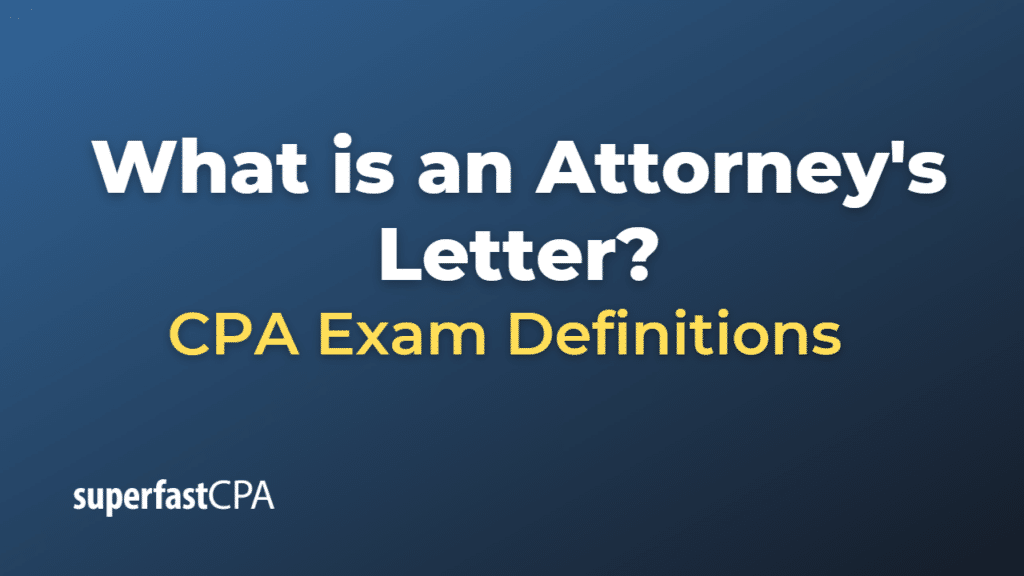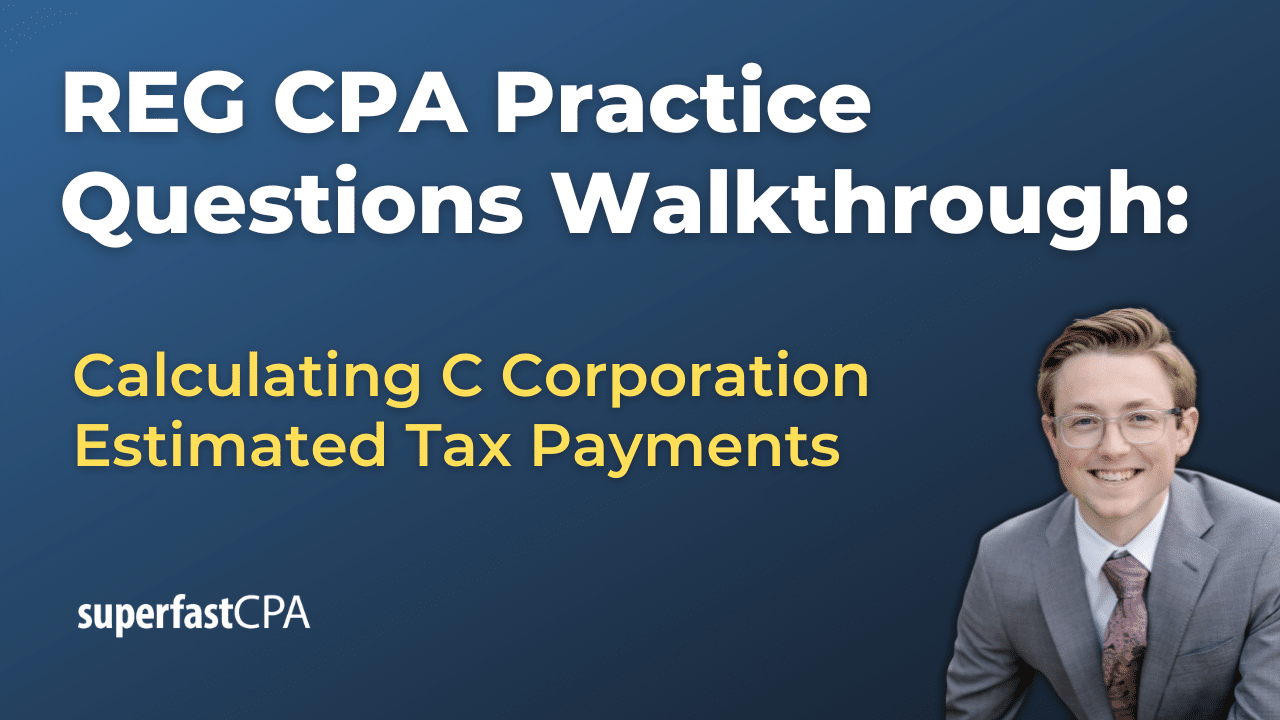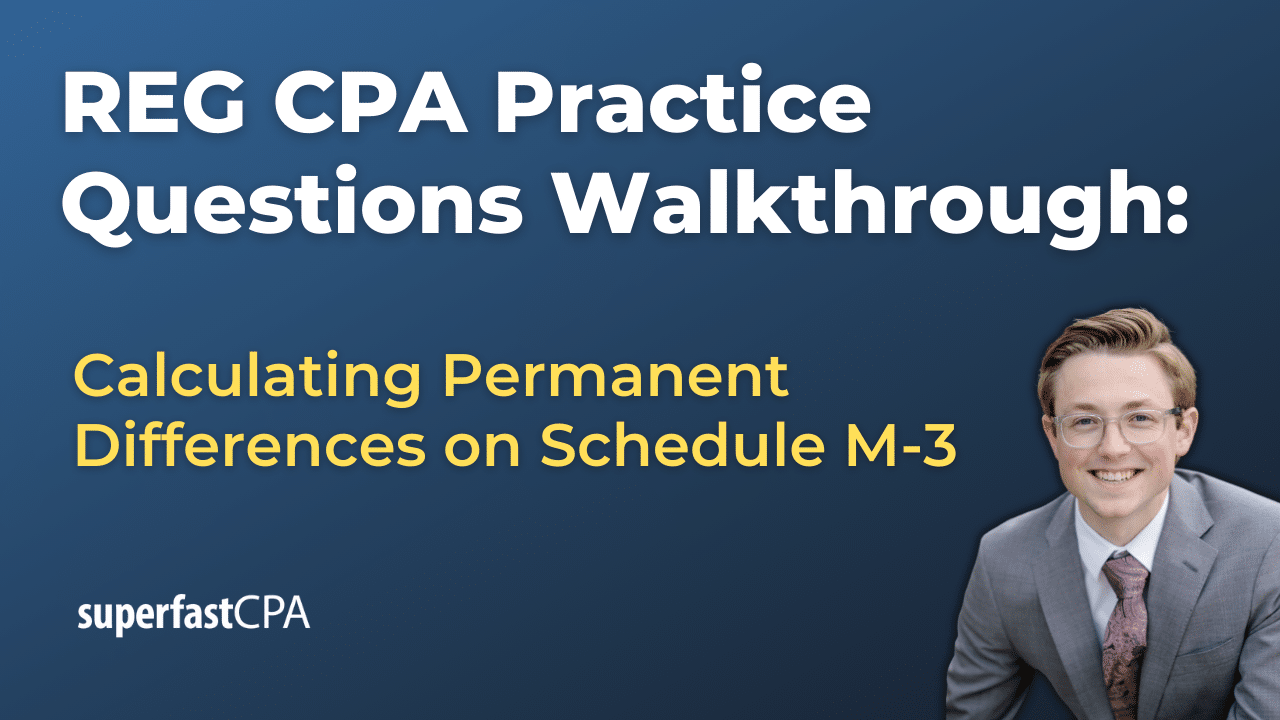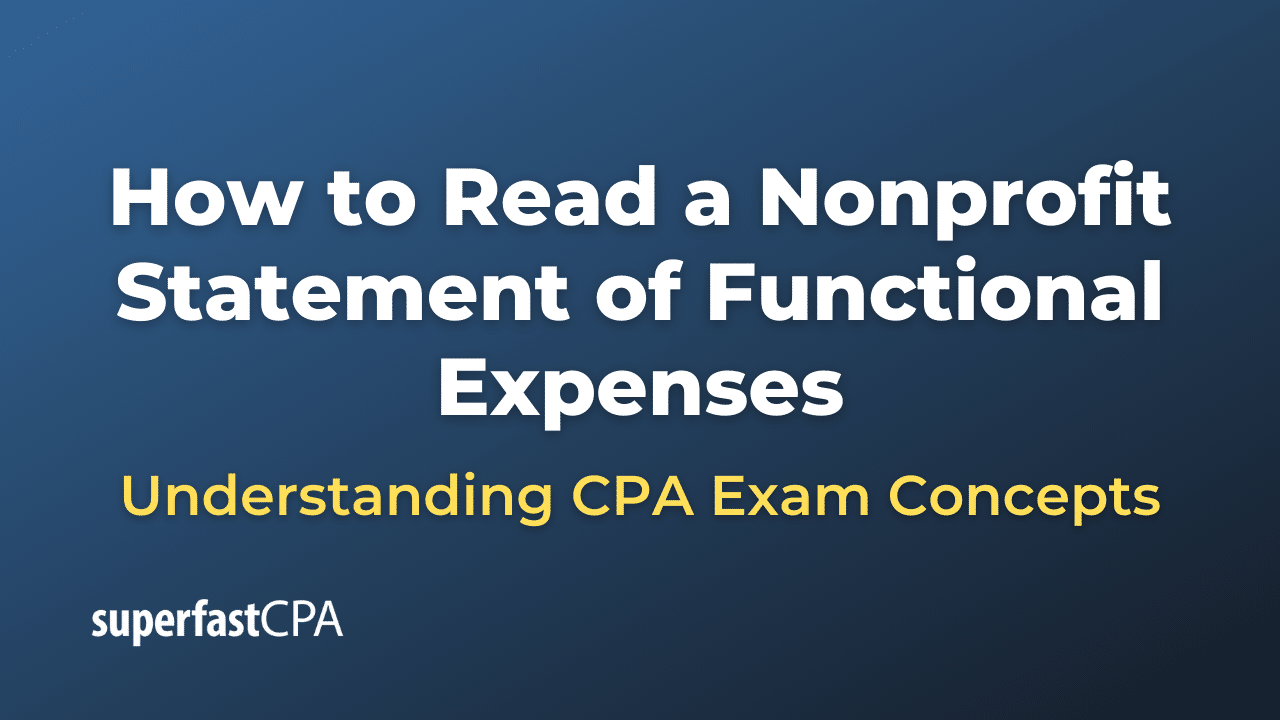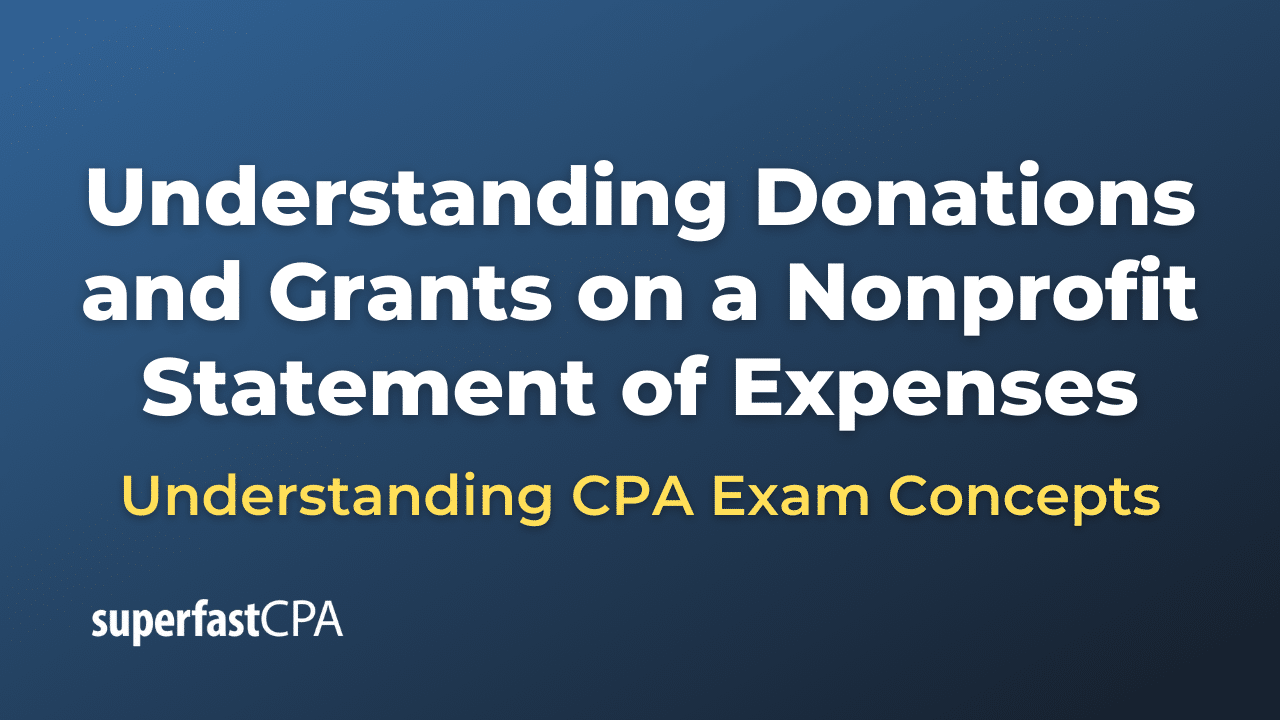Attorney’s Letter
An attorney’s letter, also known as a legal confirmation or lawyer’s letter, is a document issued by a company’s legal counsel to the company’s external auditors during the audit process. This letter is typically requested by the auditors to obtain independent confirmation about the company’s pending litigation, legal claims, contingent liabilities, or any other legal matters that could have a material impact on the company’s financial statements.
The purpose of an attorney’s letter is to help the auditors assess the adequacy of the company’s disclosures and accruals related to legal matters and the potential financial implications of those matters on the financial statements. The letter contains information about the status of ongoing legal cases, the likelihood of an unfavorable outcome, and an estimate of the potential financial loss or liability, if available.
It is important to note that while the attorney’s letter provides valuable information to the auditors, it may not cover every aspect of the company’s legal matters. The scope and content of the letter depend on the attorney’s knowledge and professional judgment. As a result, the auditors may need to perform additional audit procedures to gain sufficient audit evidence related to the company’s legal matters.
Example of an Attorney’s Letter
Sure, here’s an example of a simplified attorney’s letter:
[Law Firm’s Letterhead]
[Date]
[Name of Auditing Firm]
[Address of Auditing Firm]
Subject: Attorney’s Letter for [Name of Client Company]
Dear [Auditor’s Name],
In response to your request for information regarding the legal matters of our client, [Name of Client Company], for the year ended [Date], we provide the following information:
- Pending Litigation:
Case A: Our client is involved in a lawsuit filed by [Name of Plaintiff], alleging a breach of contract. The case is currently in the discovery phase. Based on our evaluation of the facts and circumstances, we believe that the likelihood of an unfavorable outcome for our client is low. As a result, no accrual for potential liability has been recorded in the financial statements.
Case B: [Name of Client Company] is a defendant in a personal injury claim filed by [Name of Plaintiff]. The trial is scheduled to begin on [Date]. After reviewing the available information, we assess the probability of an unfavorable outcome as moderate. Our client has recorded a contingent liability of $100,000 in the financial statements, which, in our opinion, represents a reasonable estimate of the potential loss.
- Legal Claims:
Claim A: Our client has received a claim from [Name of Claimant] for damages related to a product defect. The claim is currently under investigation, and no legal action has been initiated. Based on our preliminary assessment, the likelihood of a significant financial impact is low. Consequently, no provision for potential liability has been recorded in the financial statements.
Please note that the information provided in this letter is based on our knowledge and understanding of the client’s legal matters as of the date of this letter. Changes in circumstances may arise that could alter our assessments.
If you require any further information or clarification, please do not hesitate to contact us.
Sincerely,
[Attorney’s Name]
[Title]
[Law Firm Name]

